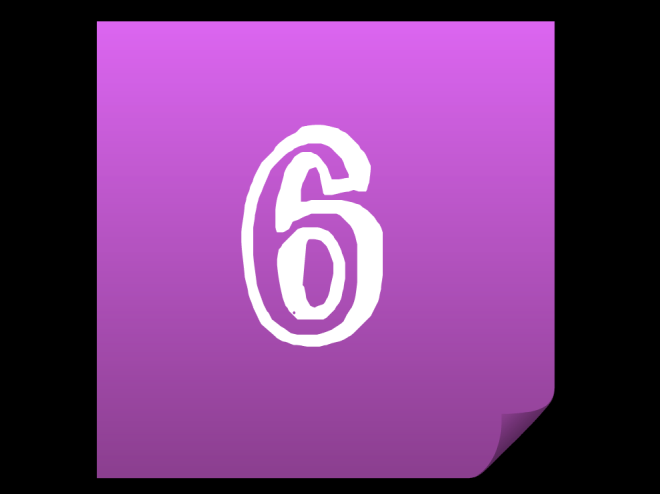Resolutions for a Fresh Start
“And there’s a hand, my trusty fiere!
And gie’s a hand o’ thine!
And we’ll tak a right gude-willie waught
For auld lang syne.”
~ Robert Burns
Have you ever wondered why, when the ball drops at midnight, nobody seems to know all the words to the song, other than the pressing question of whether or not the auld acquaintance should be forgot, and that bit about the auld lang syne? Well, now you know. Above is the 5th verse (yes, really, there are five verses) in all of its Scots glory, which now allows you to feel better about New Year’s Eve, and which now allows me to type the phrase “right gude-willie waught” one more time and drive spell check into wiggly red underscore frenzy.
Go ahead: sing the 5th verse. You know the melody. Give it spin. I’ll wait here.
Fun, huh?
Anyway, now that we got the melody looping in your head for the rest of the day, let’s talk Resolutions.
The problem with most resolutions, especially those of the improving-my-academic-performance variety, is that our planning can be overly ambitious. It’s like resolving to whip yourself into shape by adopting a plan where you work out three hours a day, seven days a week and, falling short of the lofty goal, abandon the initial resolution for yet another shameful period of slothful anti-health. It’s supposed to be a resolution, not a guise for self-punishment.
If you’re looking to post better grades and/or learn more, start with small, simple strategies. Let’s get back to basics:
- Review your lecture notes after class within 24 hours. This needn’t require a massive amount of time; 20 to 30 minutes max. Couldn’t get to the notes in 24 hours? Don’t abandon the resolution, adjust the plan and get to them in 48.
- Go to class. Even if you think you don’t get anything out of lecture because A) I hate the professor B) The lecture makes no sense and I just get more confused C) Life is so much better in bed – lecture is still three hours a week with the course material. At the very least, if you’re not replacing missed class time with study time, you’re falling further behind.
- Read more, especially if it seems like you don’t read at all. I’m not saying read everything. Remember the whip yourself into shape thing earlier? Same principle. Start with Power Point slides, or chapter summaries. And don’t just read for the sake of reading, think about what you’re reading.
- Come to Weingarten. Our friendly learning instructors know their way around all kinds of academics-related resolutions. At least one of us knows what a right gude-willie waught is.
Now sing the fifth verse of Auld Lang Syne one more time.
– Pete Kimchuk, Senior Learning Specialist
Two of Our Ten Best Study Strategies
Last week, we opened our Mastering the Ivy League workshop series for undergrads new to Penn with a session called, 10 Best Study Strategies for Successful Students. Although we cannot reveal all 10 of these wonderful strategies here, we’d like to share two that we think undergraduate, graduate and professional students might all find useful.
Drum roll, please…

Identify your purpose for reading, preview the text, and read strategically.
This seems like common sense, but when faced with a long list of required readings or a heavy textbook, students often rush toward one of two ends of the reading strategies spectrum: 1.) skimming; 2.) cataloging every minute detail. The former may leave you feeling like you didn’t read anything at all. The latter may be unsustainable, given the demands of your other coursework.
In the 10 Best Study Strategies workshop, we ask students to please remember some simple reasons for reading these texts:

For instance, if you’re reading to say something in class, maybe “taking notes on the reading” means writing down three questions that you could ask in class. Or, if you’re reading to write a paper, you’ll develop a summary for each article or chapter and gather one or two key quotes. Keeping your basic purpose in mind will help you develop a more strategic approach to those very daunting syllabi.
And for your second and final freebee…
6. Make peer study a weekly routine.
You see your friends all the time. You live, eat, study, and recreate in very close proximity. But how often do you actually talk to each other about what your professors discussed in the lecture or what you’re reading on a given day?

Being intentional about having these conversations (on a weekly basis!) makes it easier to stay engaged with your courses, solidify concepts in your head, and prepare for class participation and your many exams. Don’t fall into the trap of waiting until the weekend before the big test to form a study group of 12 people that will only serve to stress you out. Find one or two committed peers (you don’t even have to be friends!) and make these conversations part of your weekly routine.
Straight from Penn Vet: Study Strategies
Last week, Penn Vet invited us to join their second-year student mentors as they prepared to welcome and support the incoming cohort of Penn Vet students. These experienced students and practitioners shared some wonderful strategies for successfully balancing a demanding course load.
Here are some of their tips for learning anatomy:
Grab a study buddy.
Draw it out. Then draw it again.
Review your notes right after class.
They also had some great ideas for general study strategies:
Repetition is key.
Don’t be afraid to try different ways of processing information. Even if it seems weird. Especially if it’s talking aloud to yourself.
Be creative.
Use colors and different materials available to you (white boards, markers, flashcards).
To discuss study strategies specific to your coursework, visit to our office. We’re here to help.



